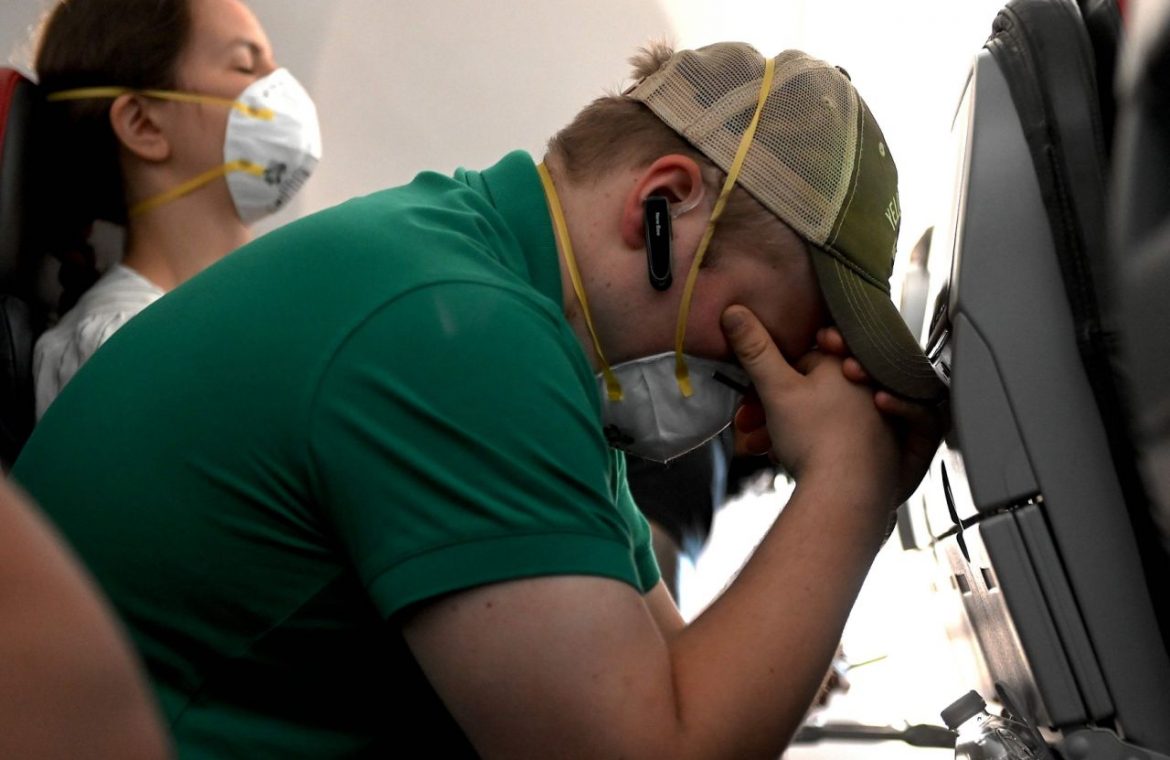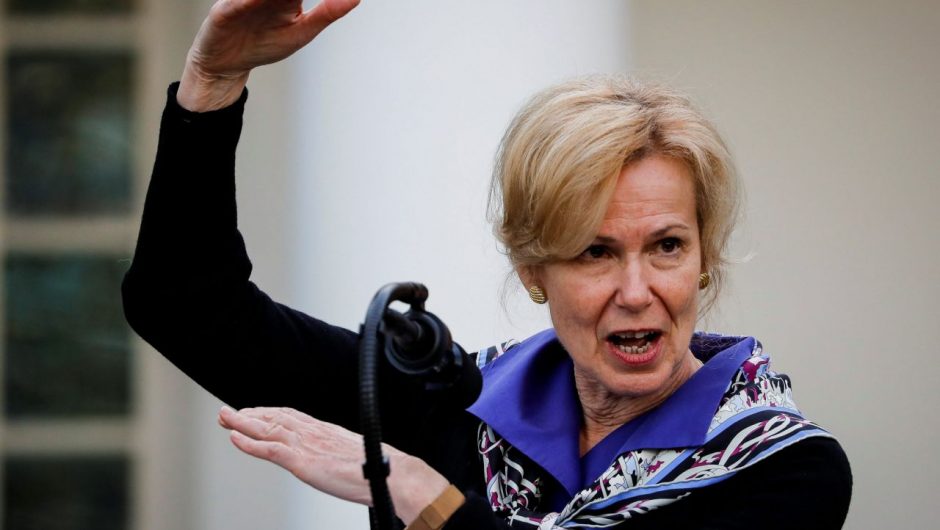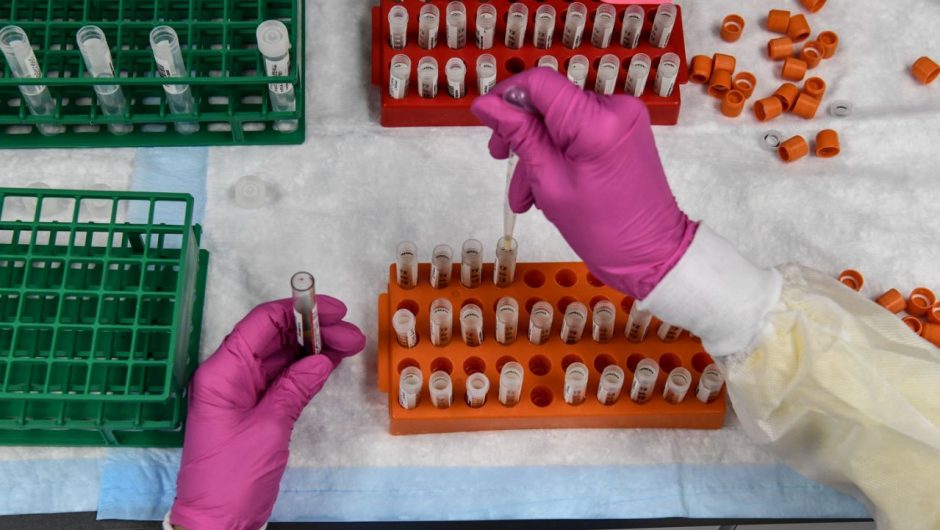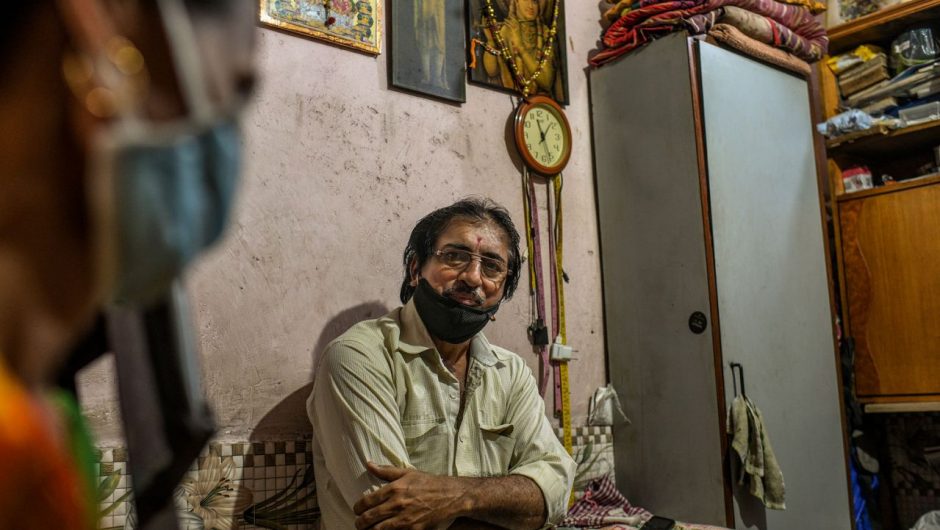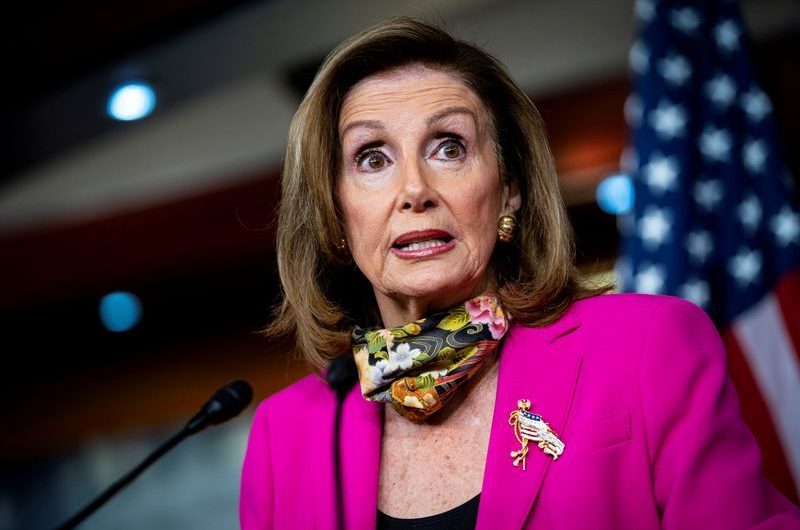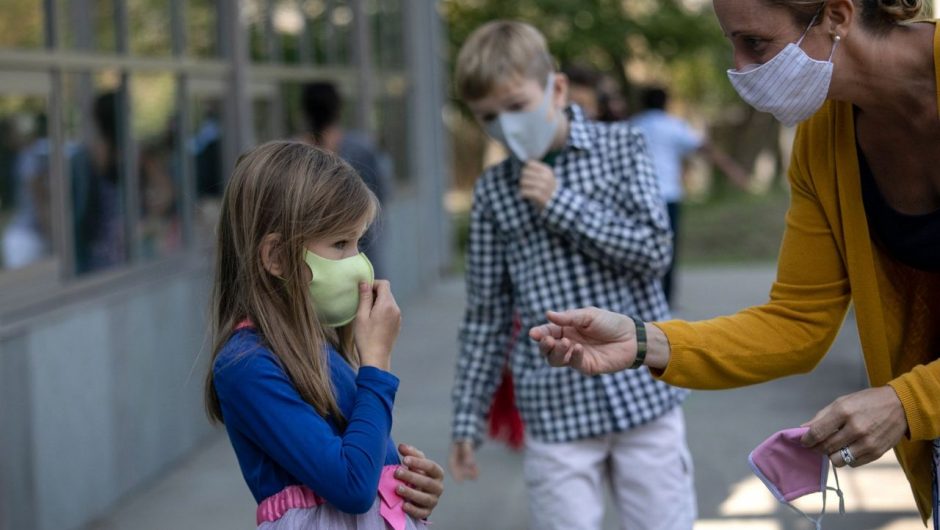It’s the call no airline passenger wants to receive.
You are contacted after your plane lands and find out a fellow traveler from your flight tested positive for COVID-19. The notification probably comes from local health officials with an advisory to go into 14-day self-quarantine.
The Centers for Disease Control and Prevention logged 1,600 COVID-19 investigations on commercial aircraft from January through August. By comparison, the agency had to deal with about 150 cases of communicable diseases on flights in 2018 and 2019 each, usually the measles, spokeswoman Caitlin Shockey said.
Through August, the CDC had identified more than 10,900 people who may have come in contact with COVID-19 on a plane.
The cases fall to contact tracers, who may be hampered by incomplete, inaccurate or stale contact information for those they are trying to reach, the CDC says. There are challenges that might explain why you might not get a call even if you were exposed:
The infected passenger didn’t have symptoms – even though he or she could have inadvertently spread the virus. It’s one of the most vexing aspects of the coronavirus: “Because cases of COVID-19 can be mild or asymptomatic, it’s highly likely that CDC did not receive reports of infected people who traveled by air,” Shockey said.
CDC protocols call for having state and local health authorities contact airline passengers who might have been seated within 6 feet of the infected person, not necessarily everyone on the plane. If an infected passenger seated farther away passes close to others or left a virus trail in the lavatory during the flight, tracers could easily miss others exposed to the coronavirus by not extending the number of flyers they contact.
Unlike a public bus or commuter train, seats are assigned on planes. That makes it easier to track down those seated near an infected passenger. The system isn’t perfect. Sometimes passengers switch seats or, in the case of Southwest Airlines, fly on a carrier that has an open seating policy. In those instances, the CDC says, all passengers aboard become part of the investigation.
Tracers may lack adequate contact information on an exposed passenger. The CDC issued a rule in February that would have required airlines to get passengers’ full names and basic contact info on international flights. The airline industry protested that the plan would be onerous and costly, and it hasn’t been enforced.
Airline mask requirements: Check the policies for 11 US carriers
Story continues
The airline industry, brought to a near halt in the spring by the coronavirus and still enduring deep losses due to a dearth of passengers, said it is doing all it can to cooperate with the contact tracing effort.
“We continue to believe that contact tracing is a key measure that will instill confidence for the traveling public that airlines and the federal government are prioritizing their health and safety,” said Carter Yang, spokesman for the leading industry trade group Airlines for America.
There is no evidence that any passenger has contracted the coronavirus from a commercial aircraft, which are equipped with HEPA filters and high-flow ventilation systems, he said. Airlines are full partners with the government in trying to limit the spread of the virus.
More: United Airlines accused of favoring young, white, blond attendants for NFL, MLB flights
“U.S. airlines comply with all requests” when it comes to releasing manifest information on people who were seated near an infected person on a flight, Yang said.
Southwest will release an entire flight’s passenger manifest if health authorities request it, airline spokesman Brian Parrish said.
The CDC said airlines have been fully cooperative. Shockey said the public health agency and airlines have “a long history of working together” on contact investigations.
The problem is that names on a list may not be enough.
If a passenger tested positive for the coronavirus on a flight, will fellow flyers ever find out? Contact tracers face challenges when it comes to trying to track down airline customers with the news.
On Feb. 12, a day after the USA reported its 13th coronavirus case, the CDC published a rule in the Federal Register aimed at trying to stop COVID-19 before it could ravage the U.S. population. The order required airlines to collect the full name, email address and primary and secondary phone numbers of every passenger and crew member arriving in the USA in case they were needed by contact tracers.
“If public health authorities had a valid phone number, the contact rate is between 91 and 100%. With only the address, the contact rate plummets to 44%. With only the name – currently, a common situation – the contact rate is only 8%,” the order said.
Airlines said the information required by the order would be hard to compile because reservation systems aren’t built to handle it, and it is available by other means anyway.
Names and addresses are collected for everyone leaving or arriving in the USA by Customs and Border Protection, Airlines for America CEO Nicholas Calio wrote in a letter to Health and Human Services Secretary Alex Azar. Passengers may volunteer their email addresses and phone numbers to airlines when they book a ticket.
Happy Thanksgiving: Southwest Airlines will leave middle seats open through November
In a letter to Vice President Mike Pence, who helms the White House Coronavirus Task Force, Calio said the order would take a year to implement, doesn’t take privacy laws and international agreements into account and would cost airlines millions of dollars.
The International Air Transport Association said through spokesman Perry Flint that data collection should be a government, not an airline, responsibility.
Asked why the order wasn’t enforced, the CDC referred calls to the White House. There, spokesman Judd Deere said “the White House continues to work with the airlines on the best solution to protect the health and safety of the public not only during this ongoing pandemic but for future ones as well.”
The situation flummoxes one travel industry expert.
“With very few businesspeople traveling, airlines are now seeing a higher proportion of their reservations booked through direct channels like their websites and call centers,” Henry Harteveldt, analyst for the Atmosphere Research Group, said. “That should make it easier for an airline to reach a higher proportion of passengers if there was a COVID-positive passenger on a flight.”
Until then, contract tracers soldier on as passengers are urged to provide more information on their own. The CDC, in advising people to add their phone numbers to their airline reservations, sums up the issue facing too many travelers:
“How will you know if you were exposed if no one can reach you?”
This article originally appeared on USA TODAY: Coronavirus: Tracing COVID-19-infected airline passengers isn’t easy


